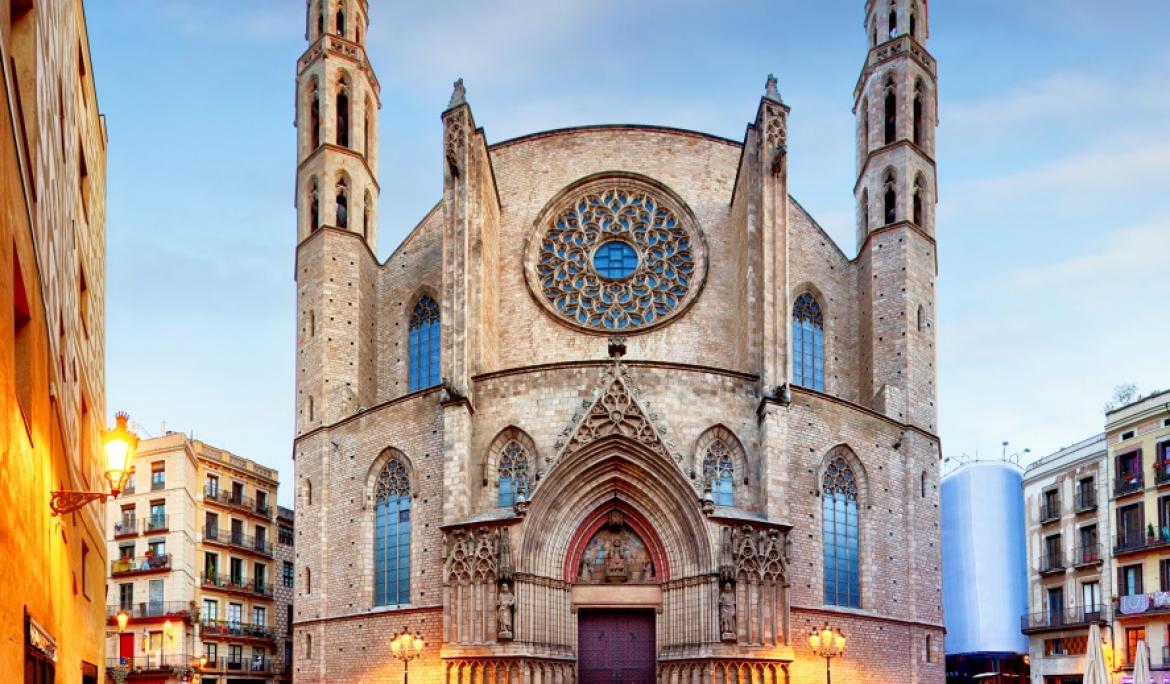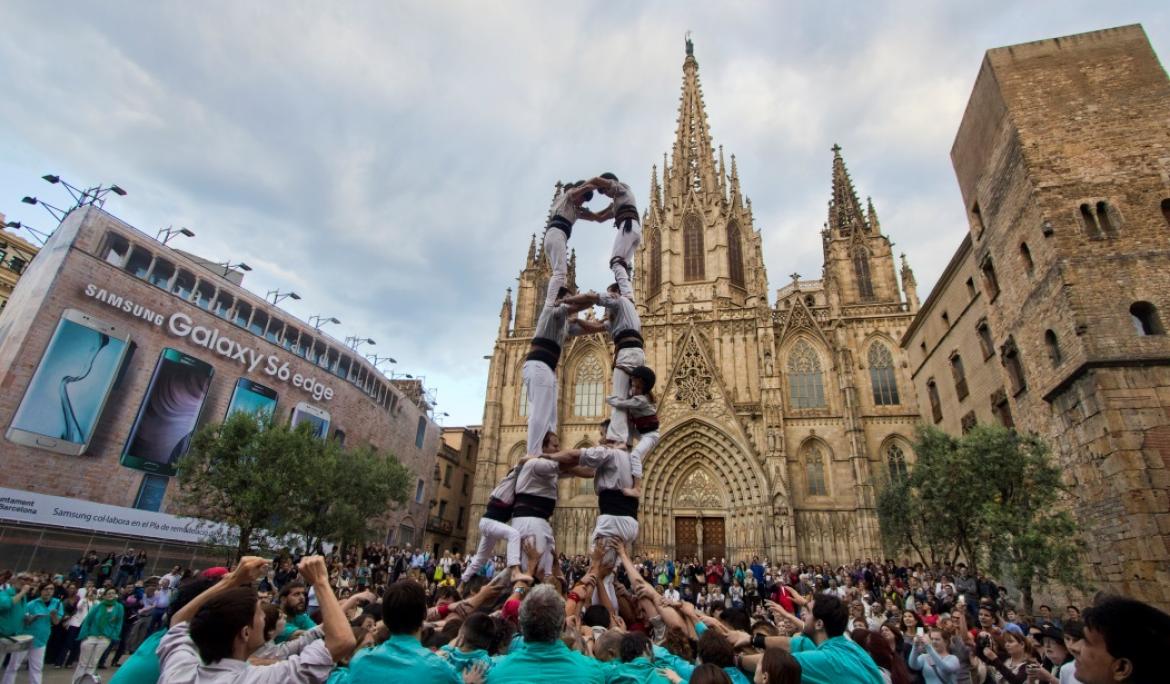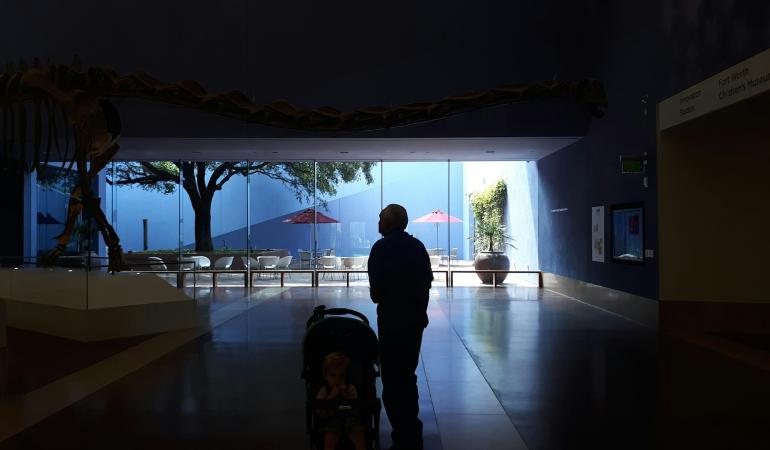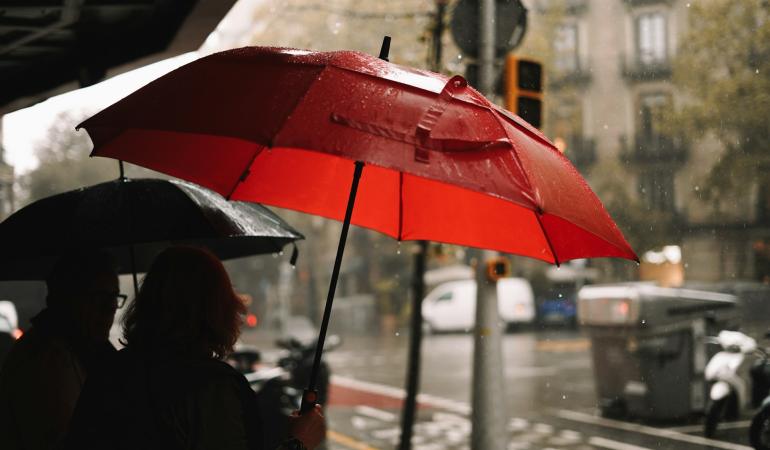Barcelona has a long and abundant architectural history. Worldly recognised as the capital of modernism for the great quantity and quality of works it treasures and for the figure of Antoni Gaudí, it also stands out for the samples of contemporary architecture and for a prominant medieval past that has left its mark on the city. Below we invite you to discover the most emblematic buildings in Barcelona from all periods.
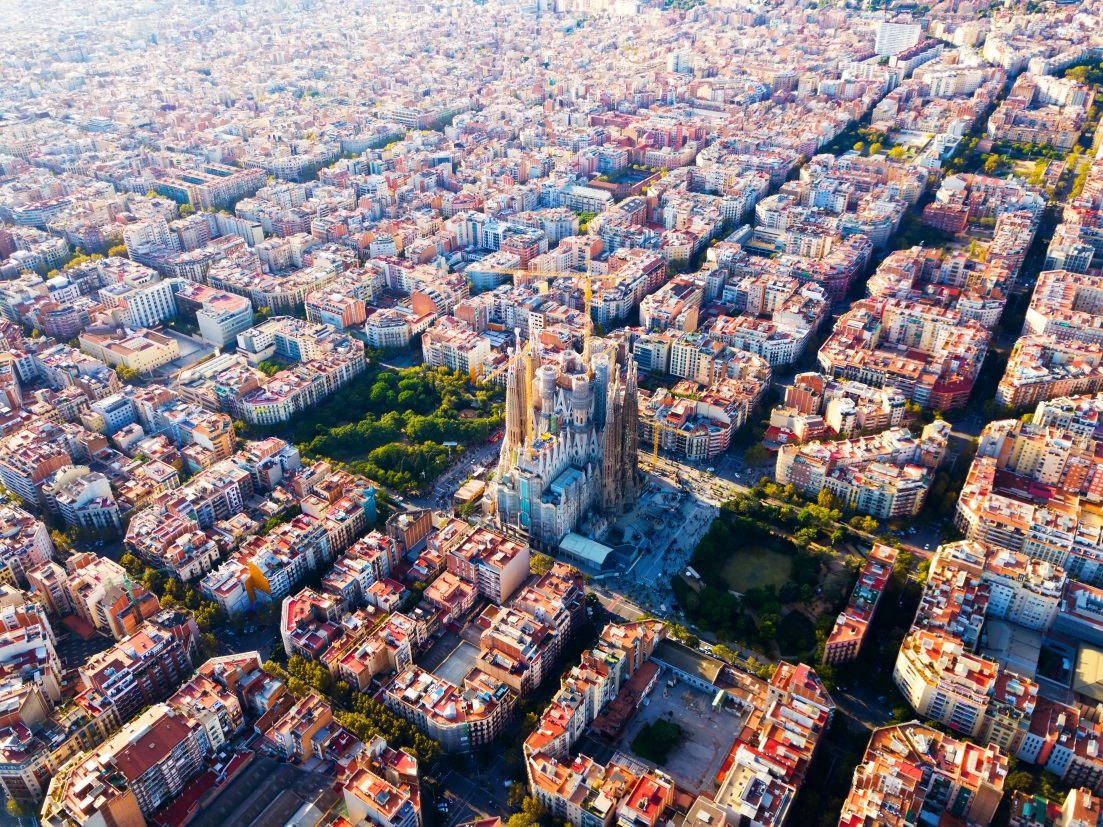
Capital of modernism
It is undoubtedly the best known and recognised architectural style in Barcelona, thanks to gems such as the Hospital de la Santa Creu i Sant Pau or the Palau de la Música Catalana by Lluís Domènech i Montaner, or the Casa de les Punxes by Josep Puig i Cadafalch; but without doubt the most famous modernist architect is the brilliant Antoni Gaudí.
His most important work of art, which attracts millions of visitors from all over the world every year, is the Sagrada Familia Expiatory Temple, which he left unfinished and which continues to be built with donations and contributions from individuals and visitors. Other of Gaudí's best known works are the Park Güell, the Casa Milà (also known as la Pedrera), and the Casa Batlló.
Endowed with a strong intuition and creative capacity, Gaudí conceived his buildings in a global way, attending simultaneously and brilliantly to structural, functional and decorative solutions. In addition to integrating craftsmanship, Gaudí introduced new techniques for treating materials, such as his famous 'trencadís', made from broken pieces of ceramic.
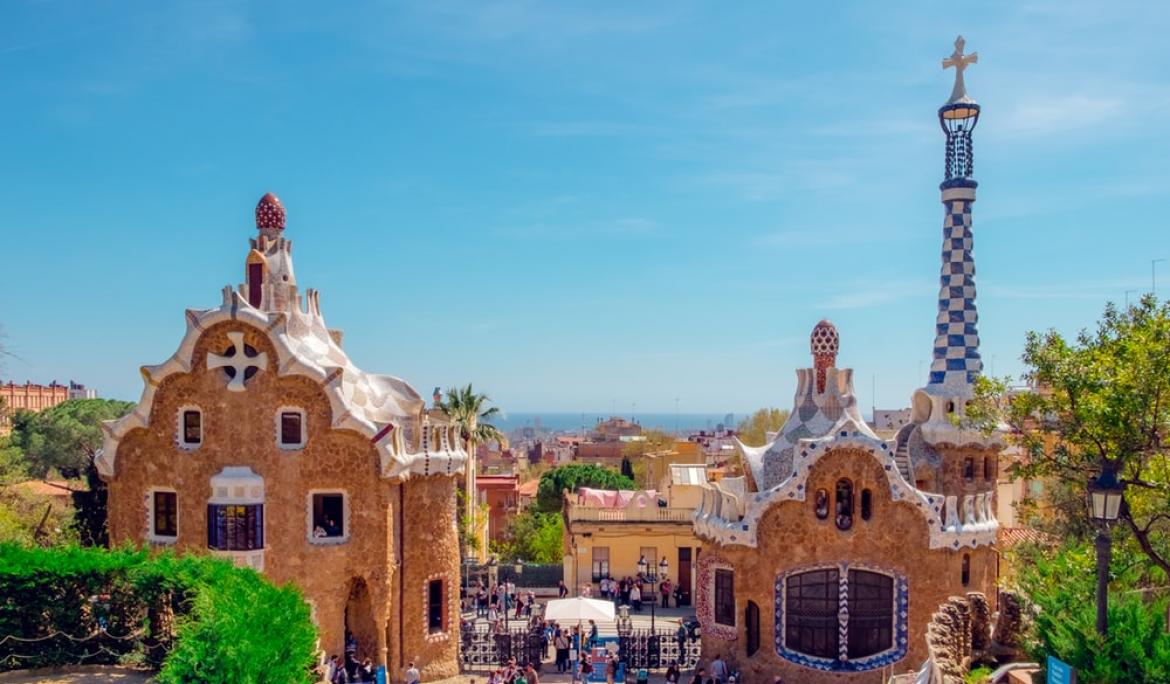
20th century: architectural passion
The city also has different samples of contemporary architecture, driven by two key events in the city: the Barcelona Universal Exhibition 1929 and later, the 1992 Olympic Games.
From the first event, buildings such as the German Pavilion by Mies van der Rohe stand out, as well as the transformation of Plaza España, and the construction of different pavilions on Montjuïc.
The celebration of the Olympic Games involved remodelling part of the Montjuïc mountain, which included the restoration of the Olympic Stadium and the Picornell Swimming Pools and the construction of the Palau Sant Jordi stadium (Isozaki). The Olympic Village (Martorell-Bohigas-Mackay) brought the city closer to the sea with the construction of the Olympic Port. Other examples of Olympic architecture are the Collserola Tower (Foster), the Telefonica Tower (Calatrava) or the Hotel Arts (Skidmore, Owings & Merrill).
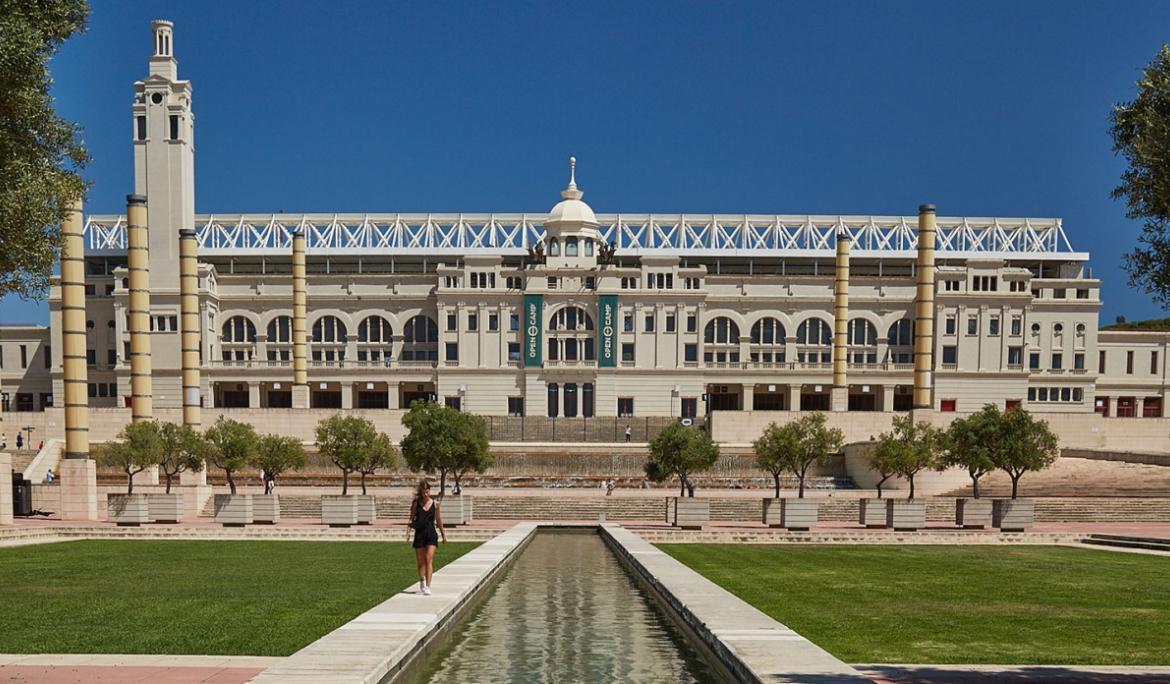
With the Universal Forum of Cultures (2004), the Diagonal was extended to the sea, and the International Convention Centre (Mateo), the Forum building (Herzog and de Meuron) and the large photovoltaic panel (Martínez Lapeña y Torres) were built.
Post-Forum examples include spectacular examples of signature architecture such as the Torre Glòries (Nouvel), the Gas Natural Building (Miralles and Tagliabue) or the remodelling of the Santa Caterina Market (Miralles and Tagliabue).
Post-Forum examples include spectacular examples of signature architecture such as the Torre Glòries (Nouvel), the Gas Natural Building (Miralles and Tagliabue) or the remodelling of the Santa Caterina Market (Miralles and Tagliabue).
A glimpse of the past
If you are passionate about ancient history, in Barcelona you can also see the archaeological remains of the Roman settlement that founded the city, such as the columns of the Augustus temple inside the building that houses the Centro Excursionista de Cataluña (Barcelona Hiking Centre), the remains of Barcino under the ground (integrated within the Museum of History of Barcelona) or the ancient walls, with the Portal del Bisbe at the forefront.
There are also witnesses to later Romanesque style constructions, such as the Monastery of Sant Pau del Camp or the chapel of Marcús.
From the medieval period many buildings have been preserved, some of them very outstanding, such as the cathedral of Santa Creu i Santa Eulàlia of Barcelona (completed in the 19th century), the basilica of Santa Maria del Mar, in the La Ribera district, characterised by its austerity and harmony in measurements, the church of Santa Maria del Pi, with its wide nave and monumental bell tower, the basilica of the Sants Màrtirs Just i Pastor or the Atarazanes Reales, one of the few examples of Gothic naves for civil use in Europe.
Also from the medieval period, buildings such as those that make up the monumental complex of the Plaza del Rei or the palace of the Generalitat de Catalunya stand out. In the Gothic quarter, don't miss the palaces built by wealthy families in the city, structured around a courtyard, such as those that currently house the Picasso Museum.
Other essential buildings
- La Boqueria market
- Park Güell
- Joan Miró Foundation
- Gran Teatro del Liceu (Liceu Opera House)
- Plaza de Toros de las Arenas (Old bull-fighting ring)
- Torres Venecianas
- El Born Cultural Centre
- The former Hospital de la Santa Creu
- La casa Vicens
- La casa Amatller
- Sagrado Corazón Expiatory Temple
- National Theatre of Catalonia
- The Barcelona Contemporary Art Museum
- Design Hub Building
